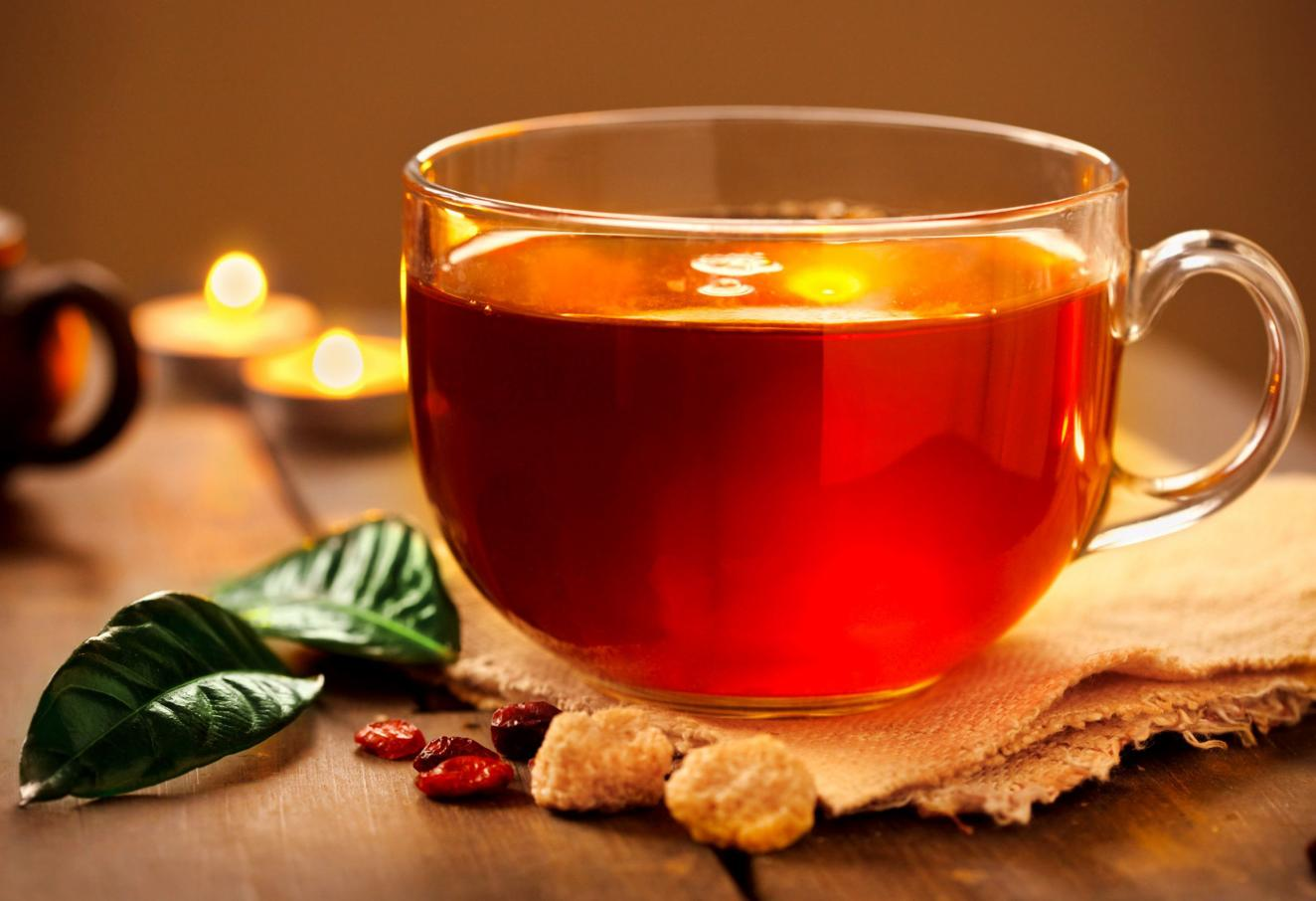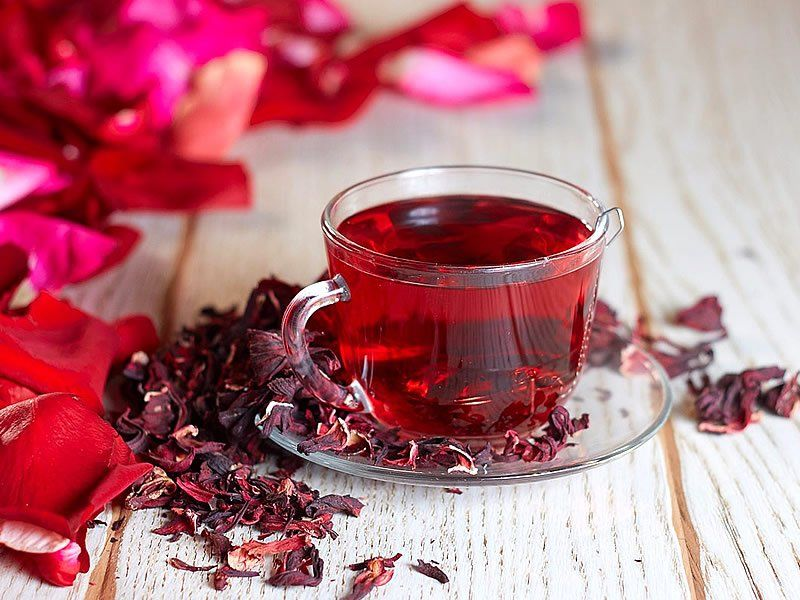To fully grasp oolong tea in all its nuances requires an odyssey through the realms of terroir, botany, chemistry, and craftsmanship. One must traverse from lush mountain tea gardens to processing factories redolent of toasty aromas and back to peaceful tearooms. Like a shapeshifting phoenix, the oolong leaf undergoes profound transformation guided by the tea master’s alchemy while still retaining its essential spirit. True mastery demands a lifetime of contemplation.
Harnessing Biochemical Reactions: The Delicate Craft of Managing Oxidation
Oolong tea’s beguiling taste arises from arrested oxidation during processing. Through meticulously regulated withering, bruising, oxidizing and firing stages, the master preserves the tea leaf’s luminous green qualities while allowing its innate flavors to evolve into multifaceted bouquets. The pivotal steps require both scientific precision and artistic flair.
Balancing Withering Conditions for Optimal Cell Permeability
To prepare leaves for impending oxidation, warm dry air circulation first reduces moisture content to concentrate vital substances without compromising cellular integrity. The parameters of humidity, temperature and airflow must align to render cell walls suitably permeable for the next phases. Excess bruising from over-handling threatens to damage structural lipids and proteins.
Guiding Enzymatic Transformations by Halting Oxidation at Its Peak
The subsequent oxidation phase relies on monitoring endogenous enzymes to develop complexity while avoiding over-darkening. Regular testing determines when the crescendo of floral and fruity top notes reaches its peak to stop further transformation. Firing then not only rapidly terminates oxidation but also imparts signature roasted qualities ranging from honeyed warmth to mineral intensity.
Interpreting Expressions of Terroir Through Regional Oolong Styles
Just as fine wines manifest the essence of their native terroir, oolong tea absorbs the local environmental influences of soils, climate and craftsmanship. The luminous refinement of Taiwan’s revered high mountain oolongs like Ali Shan and Jin Xuan derives from cool misty conditions and delicate handling. Fujian’s mineral-rich porous clay, dedicated craftsmen and charcoal roasting shine through in time-honored Wuyi yancha oolongs like Da Hong Pao with its enduring woodsy finish.



